For most of us, our daily newspaper or our preferred news website online is a mechanism that delivers political, economic, social updates. The messengers, we often ignore. At the end of another year, it’s time to shine the spotlight on some gutsy women messengers.
1. Sandhya Menon
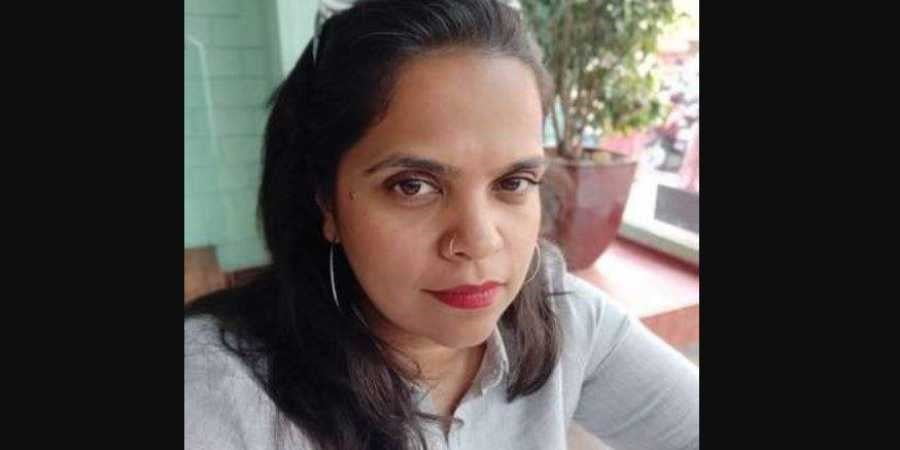
There is one event that stands out in an end-of-year stocktaking of the English language media space – the calling out of sexual harassment in newsrooms. In the latter half of 2018, journalist Sandhya Menon tweeted about the harassment she had faced at the hands of Times of India (Hyderabad) resident editor K R Srinivas, Manoj Ramachandran, an associate editor at The Hindustan Times (New Delhi), and former DNA Mumbai editor Gautam Adhikari.
2. Anoo Bhuyan
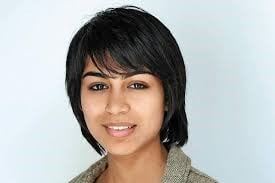
Anoo Bhuyan works with The Wire and was awarded the 2018 Journalist of Change award by Bournemouth University for her story Sorting Through the Paper Trail of Fake Encounters in Manipur’. When the #MeToo movement unfolded on Twitter, she also tweeted her account. She revealed that she had been sexually harassed by Business Standard India correspondent Mayank Jain.
3. Rituparna Chatterjee
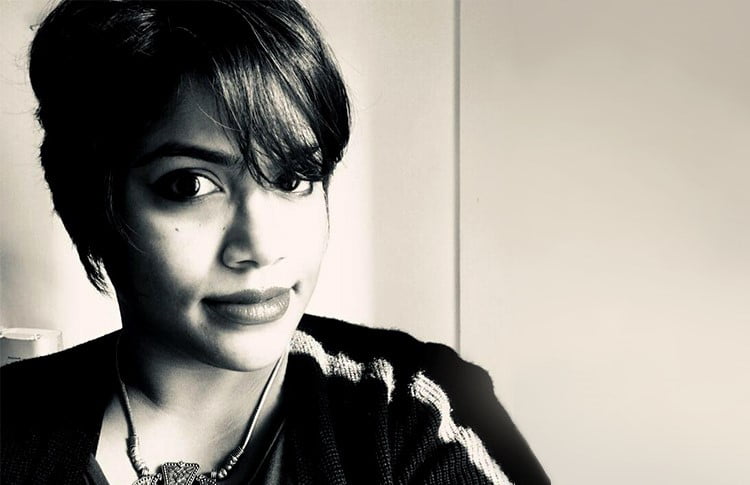
Journalist Rituparna Chatterjee began to compile the social media narratives that detailed such harassment. Chatterjee now runs a Twitter handle for the Indian MeToo movement, @IndiaMeToo.
Together, Sandhya, Anoo and Rituparna are working to ensure that #MeToo is no mere flash in the pan. Not only are they standing in solidarity with women who have spoken up, but they are also making sure that conversations continue further, for fair and safe workspaces for all.
4. Priya Ramani
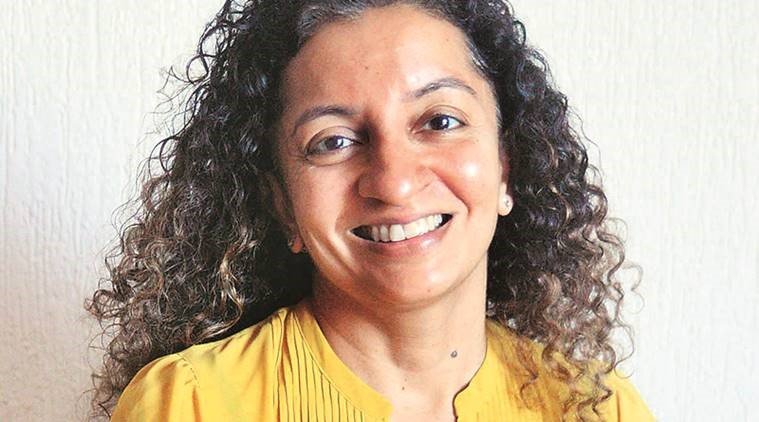
Priya Ramani, national features editor with The Mint, opened the floodgates on allegations levelled against author, editor, and Minister of State for External Affairs MJ Akbar. When the #MeToo movement began to gain strength on social media, she revealed that the male boss she had written about as someone who was an “expert on obscene phone calls, texts, inappropriate compliments and not taking no for an answer” was MJ Akbar. Akbar, who has filed a defamation suit against Ramani, resigned as union minister on October 17, 2018. At last count, 20 women had publicly claimed to have either been harassed by him or borne witness to such harassment. All because Priya Ramani spoke up.
5. Lakshmi Subramanian
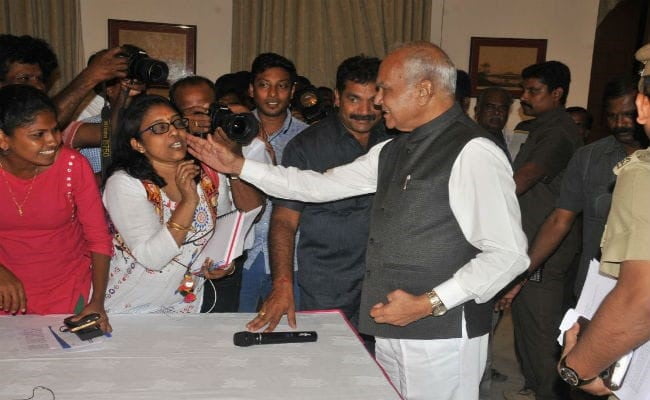
Women journalists have revealed in the past that when they step out to report, they are “molested, groped and even assaulted”. This year, The Week’s principal correspondent, Lakshmi Subramanian had the courage to point out publicly that women do not appreciate unsolicited touch, even so-called paternal pats from men in positions of power.
At a press conference where Tamil Nadu Governor Banwarilal Purohit was asked some uncomfortable questions about sexual misconduct allegations levelled against him, he chose to pat the cheek of the reporter, Lakshmi, a woman with 15 years of experience in reporting on Tamil Nadu politics. Apparently, the governor intended it as a sign of appreciation for a good question since he thought Lakshmi was like his granddaughter. Lakshmi clarified exactly how she felt about the issue, forcing the governor to offer a feeble apology. As Sanya Dhingra pointed out, infantilising a woman is another way of diminishing her authority.
6. Sharda Ugra
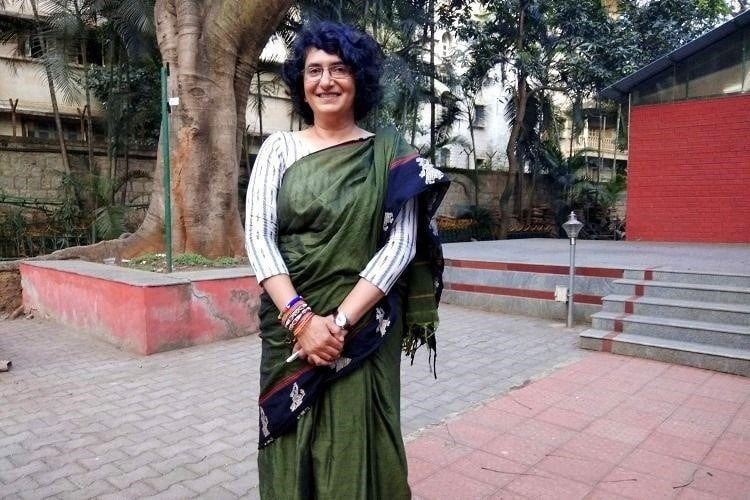
A journalist for nearly three decades now, Sharda Ugra was for a long time, one of her kind. Sharda covers the sports beat, for long a male bastion. Not only is she an authority on Indian cricket and credited as co-author on Yuvraj Singh’s autobiography, Sharda has written on sports that get little attention in India, like ice hockey, and has revived memories of long-forgotten heroes like the Naga footballer who was India’s flag bearer at the 1948 Olympics. This year, she also trained her lens on sexual harassment faced by women in sports and chronicled the failures of the investigation into the allegations of inappropriate behavior made against BCCI CEO Rahul Johri. In the world of Indian sports, where women’s concerns are largely drowned out, here is a clear and brave voice.
A journalist for nearly three decades now, Sharda Ugra was for a long time, one of her kind. Sharda covers the sports beat, for long a male bastion. Not only is she an authority on Indian cricket and credited as co-author on Yuvraj Singh’s autobiography, Sharda has written on sports that get little attention in India, like ice hockey, and has revived memories of long-forgotten heroes like the Naga footballer who was India’s flag bearer at the 1948 Olympics. This year, she also trained her lens on sexual harassment faced by women in sports and chronicled the failures of the investigation into the allegations of inappropriate behavior made against BCCI CEO Rahul Johri. In the world of Indian sports, where women’s concerns are largely drowned out, here is a clear and brave voice.
7. The women who covered Sabarimala
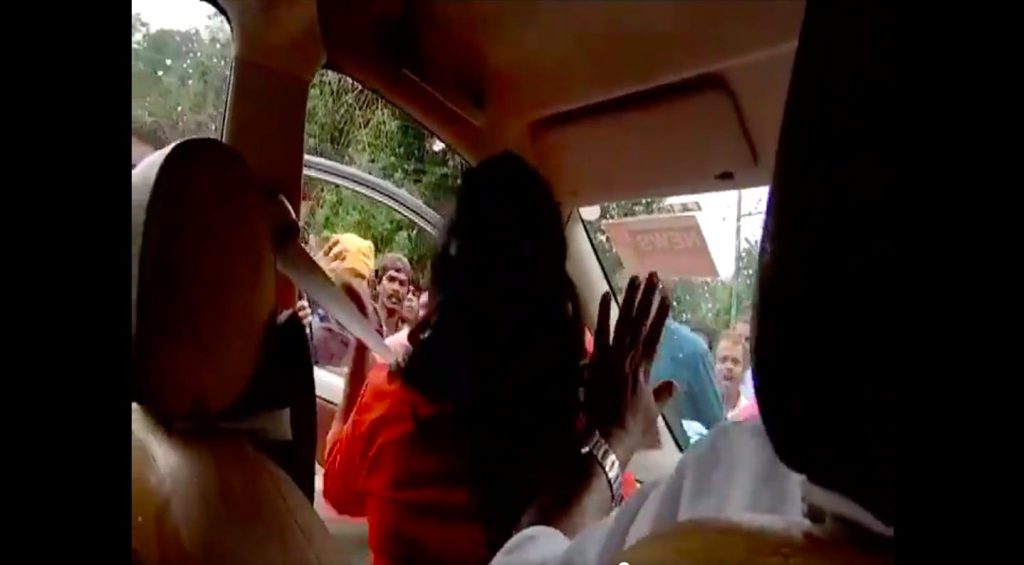
The Supreme Court ruled on September 28 that women of all ages could enter the Sabarimala temple. For troublemakers, this was an excuse to unleash violence around the temple. So, when news agencies turned up to cover the historic entry of women of all ages into the temple, they were greeted by mobs who had no qualms surrounding cars and news vans and attacking women journalists. News Minute’s Saritha Balan, CNN-News18’s Radhika Ramaswamy, Republic TV’s Pooja Prasanna, India Today’s Mausami Singh, NDTV’s Sneha Mary Koshy and the crew members accompanying them were all heckled and attacked. Hindu outfits ‘advised’ news agencies to refrain from sending women journalists to report on the Sabarimala developments. Thankfully, the brave women continued to do their jobs undeterred and the Network of Women in Media called out the notion as ‘unacceptable’.
8. Emmy C Lawbei

Certain parts of India are tougher beats for Indian journalists than other places. And if you are a woman journalist, that danger worsens. Emmy C Lawbei experienced some of this danger early this year when she was covering a protest by students on the Assam-Mizoram border. The police who lathi-charged the protesters to disperse them, reportedly did not spare the journalists either, who had identified themselves and displayed their identity cards. Emmy had to be taken to hospital to treat the injuries she sustained. Emmy spoke out against the police action on social media also questioning how the police had used batons against women.
9. Patricia Mukhim

For those who presumed that by 65, Patricia Mukhim would be tired of fighting the good fight, there is much disappointment in store. The Shillong Times editor and Padmashree awardee wrote a scathing editorial earlier this year, condemning the proposed amendments to an existing act that attempt to police Khasi women’s choice of husband by spreading the fear that the Khasis would be wiped out by their women marrying non-tribe members.
This was a few months after her editorials seem to have provoked miscreants into hurling a petrol bomb at her home. Earlier this month, she was summoned by the High Court of Meghalaya after The Shillong Times carried a report on judges giving themselves benefits. True to her Twitter declaration to never give up, she is now calling out the hypocrisy of politicians in the wake of the mining disaster in Meghalaya.
10. Tongam Rina
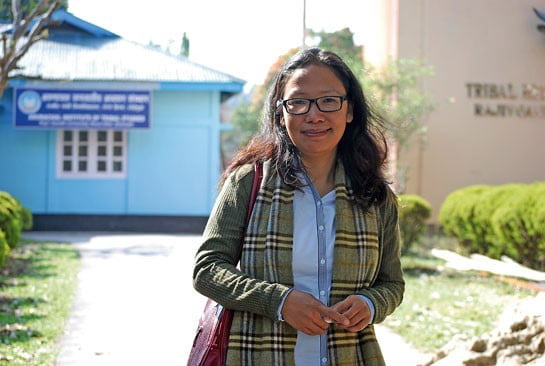
About 6 years ago, Tongam Rina was shot at outside her Arunachal Times office in Itanagar. Despite suffering severe injuries, Tongam Rina worked her way back and resumed writing for and editing The Arunachal Times. She was one of the winners of the Sanctuary Wildlife Awards last year for highlighting the negative impact of hydroprojects, reporting on anti-dam protests in 2016 and writing about the illegal logging in Pakke Tiger Reserve. This year too, her articles have looked at environment issues like the devastation of the habitat of black-necked cranes. Although the person allegedly responsible for her shooting has been arrested, no progress has been made in the case.
11. Neha Dixit
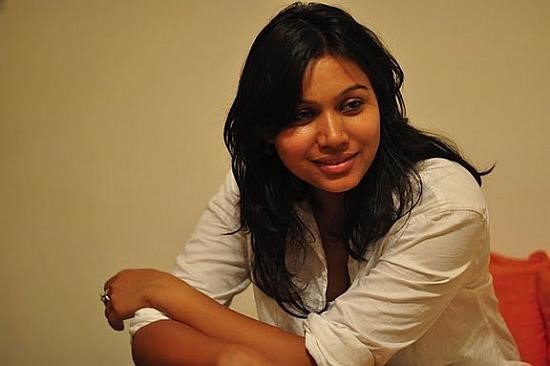
Award-winning independent journalist Neha Dixit has been writing about issues of importance to women and marginalised communities for some time now. This year, she focused on extra judicial killings of minorities in Uttar Pradesh and Haryana and the plight of Rohingyas in India. Her reports have also brought to light unethical drug trials conducted on the poor and marginalized in India. 2018 also marks the year when the report that won Neha Dixit the Press Institute of India Red Cross Award in 2015 makes an appearance in graphic form. If Neha’s unvarnished account of the women who were raped during the Muzaffarnagar communal riots of September 2013 was not painful enough, her report, ‘Shadow Lines’, has been incorporated as a graphic narrative in First Hand 2, Graphic Narratives from India: Exclusion, which was published this year.
12. Masrat Zahra
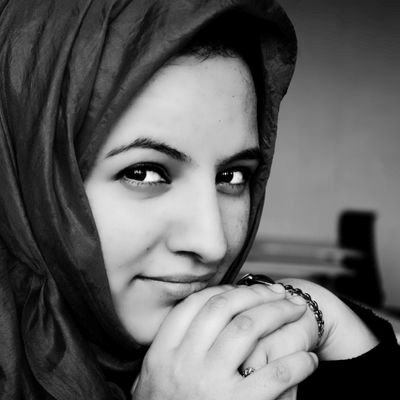
Masrat Zahra is a young Kashmiri photojournalist, one of the few women bringing us the stories of Kashmir. This year, on Kashmiri Women’s Resistance Day, on 23 February, her photos were featured in a series of photo essays on Gender, Militarization and Armed Conflict in the Kashmiri publication, Wande Magazine. She spent some time in hospital after she was injured covering an encounter between armed forces and suspected militants. After her convalescence, she posted a picture taken of her while she was covering the encounter and was trolled for being a “spy” and sent rape and death threats. Undeterred, Masrat, a student of journalism and a freelance photographer continues her work.
13. Christina Thomas Dhanaraj
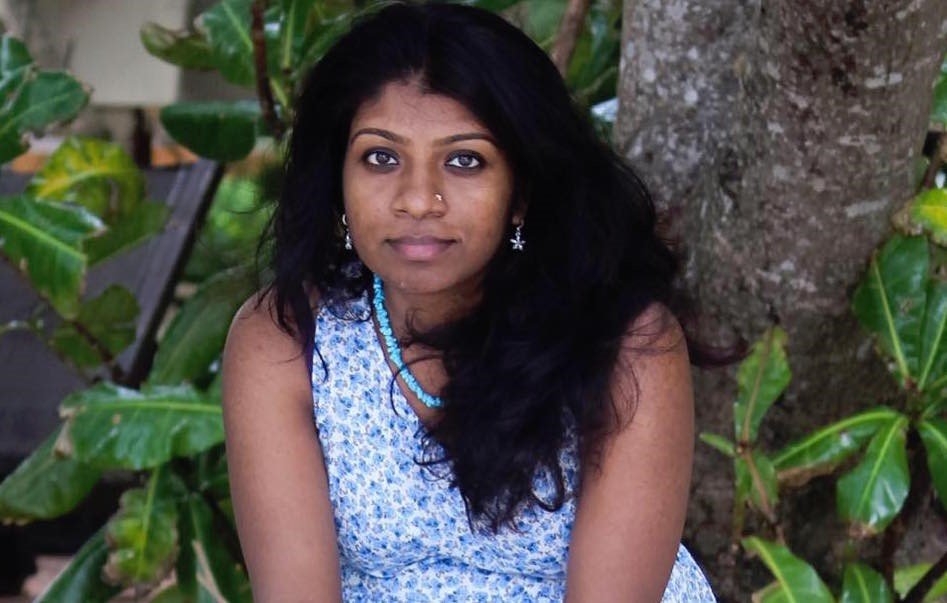
Christina Thomas Dhanaraj is a Dalit woman highlighting Dalit concerns through her pieces in HuffPost, Wire, Firstpost, and many more platforms, and calling out injustice meted out to Dalits. A volunteer consultant for #dalitwomenfight, she is also the co-founder of the Dalit history month collective. Her pieces this year have drawn attention to the need for expanding feminist movements like #MeToo beyond savarna women to include harassment faced by Dalit women as well. In the aftermath of Twitter’s apology after Jack Dorsey was photographed with a poster calling for the smashing of Brahminical patriarchy, Christina wrote about the hypocrisy that allows race-liberals to be caste-conservatives.
14. Divya Kandukuri
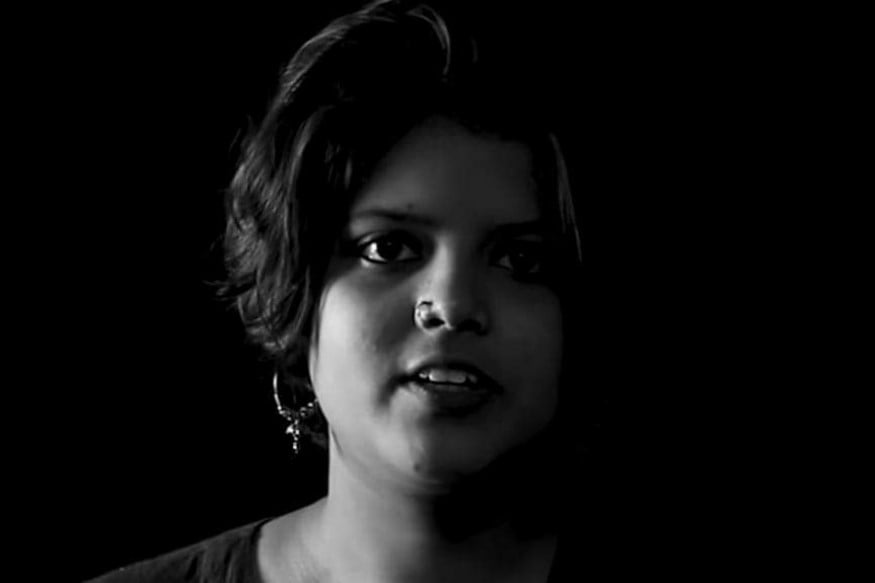
Independent journalist Divya Kandukuri writes for various publications, chiefly on caste issues. As her Twitter handle suggests, she calls out every day casteism, highlighting how privilege blinds most of us to the embedded casteism all around us. Her videos this year, chiefly for Buzzfeed, not only reminded us of the casteism inherent in the language we employ thoughtlessly but also of the sidelining of caste in popular culture.
15. Shalini Nair
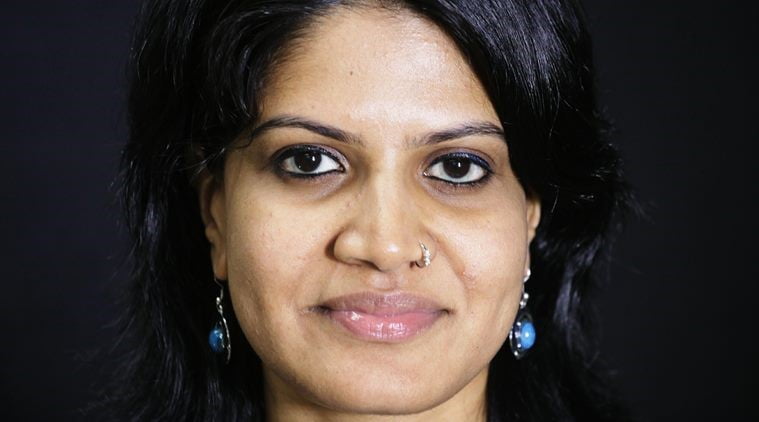
Among the female journalists who won national and international acclaim this year was Shalini Nair of The Indian Express, whose work on gender and development issues were recognised by two separate forums. Shalini won the Kurt Schork Memorial Awards in the Local Reporter category for her ‘compelling, interesting and well reported’ stories. She also won the Mumbai Press Club’s RedInk Award for her article on the three petitioners seeking criminalisation of marital rape.
16. Namrata Biji Ahuja

Namrata Biji Ahuja won the International Press Institute-India Award for Excellence in Journalism for her comprehensive cover story in The Week titled ‘Bullets & the Bible’, on the parallel and secret Naga state inside Nagaland.
17. Snigdha Poonam
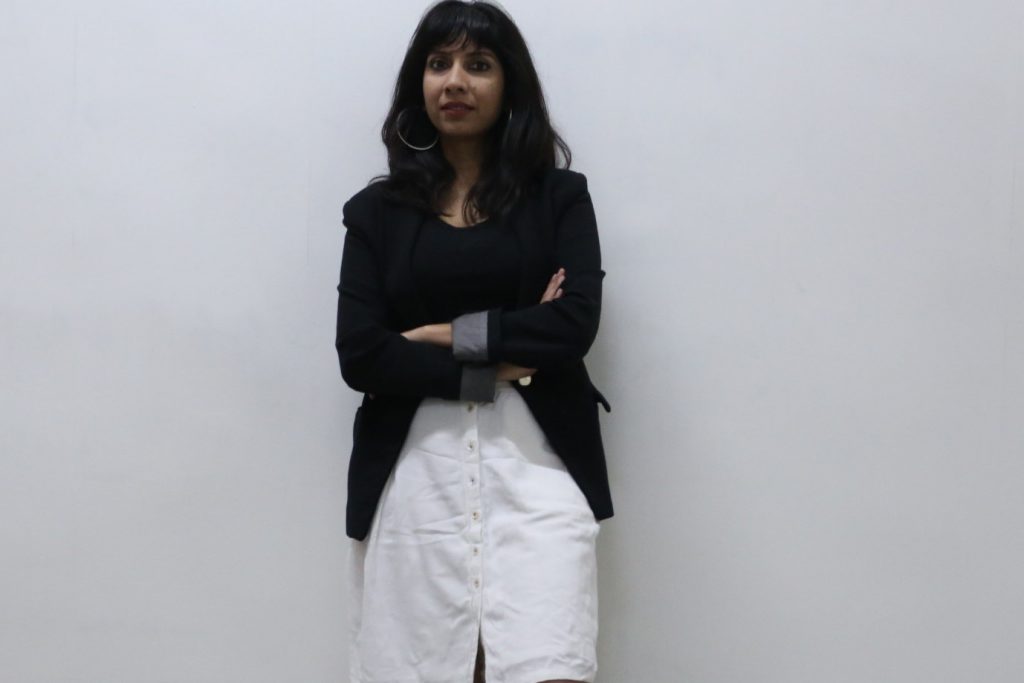
2018 was also the year that saw at least three women journalists publishing books that reflected their reportage. The Hindustan Times’ Snigdha Poonam, whose essay ‘The Man Who Lived’, on WhatsApp-fueled mob violence in India, was among Granta’s most popular of 2018, published her first book this year. Dreamers, which has been described as a perceptive examination of the challenges faced by Indian youth, was awarded the Crossword Jury Award for 2018 in the non-fiction category.
18. Nikhila Henry
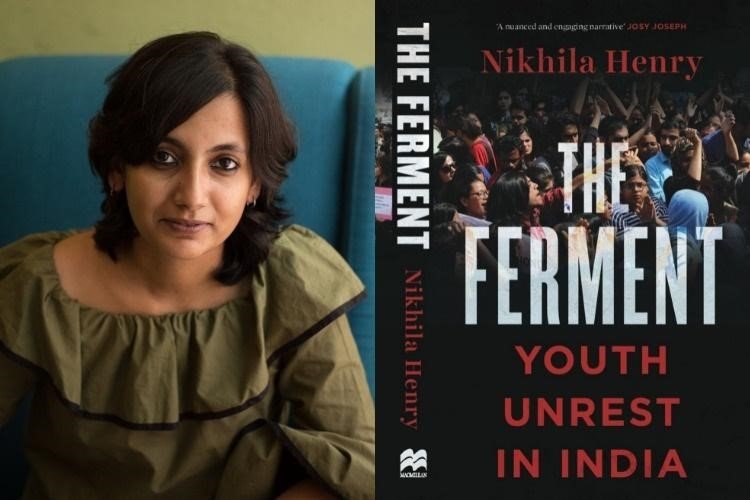
Another book that also deals with India’s youth, specifically youth unrest, is Nikhila Henry’s The Ferment. Special Correspondent for The Hindu, Nikhila was also the editor of #Caste is Not a Rumour, a collation of Rohit Vemula’s posts on social media.
19. Karunya Keshav
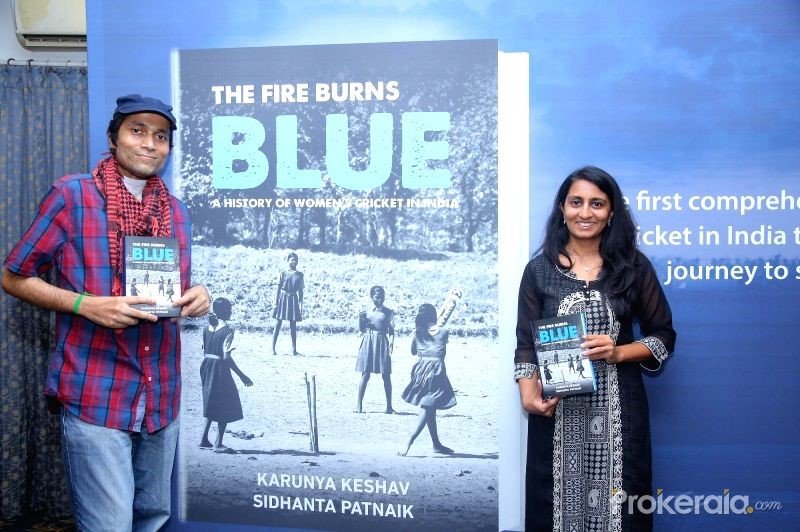
Journalist Karunya Keshav who has covered cricket for Wisden and ICC co-authored The Fire Burns Blue. One of the only three Indian journalists who was present on the ground when the Indian women’s cricket team made cricket history by winning the 2017 World Cup finals, Karunya teams up with Sidhanta Patnaik to chronicle a history of women’s cricket in India.
Also read: #MeToo Hits Indian Media – Women Journalists Are Sharing Their Stories of Workplace Harassment
This is in no way a comprehensive list of all the women achievers in the world of journalism. Suggestions to add to the list are welcome in the comments section. To all the women journalists plugging away at their tasks, thank you, and may your tribe increase.
About the author(s)
Raji makes her living editing copy. She is sorting her thoughts and trying to be a little less ignorant each day.




